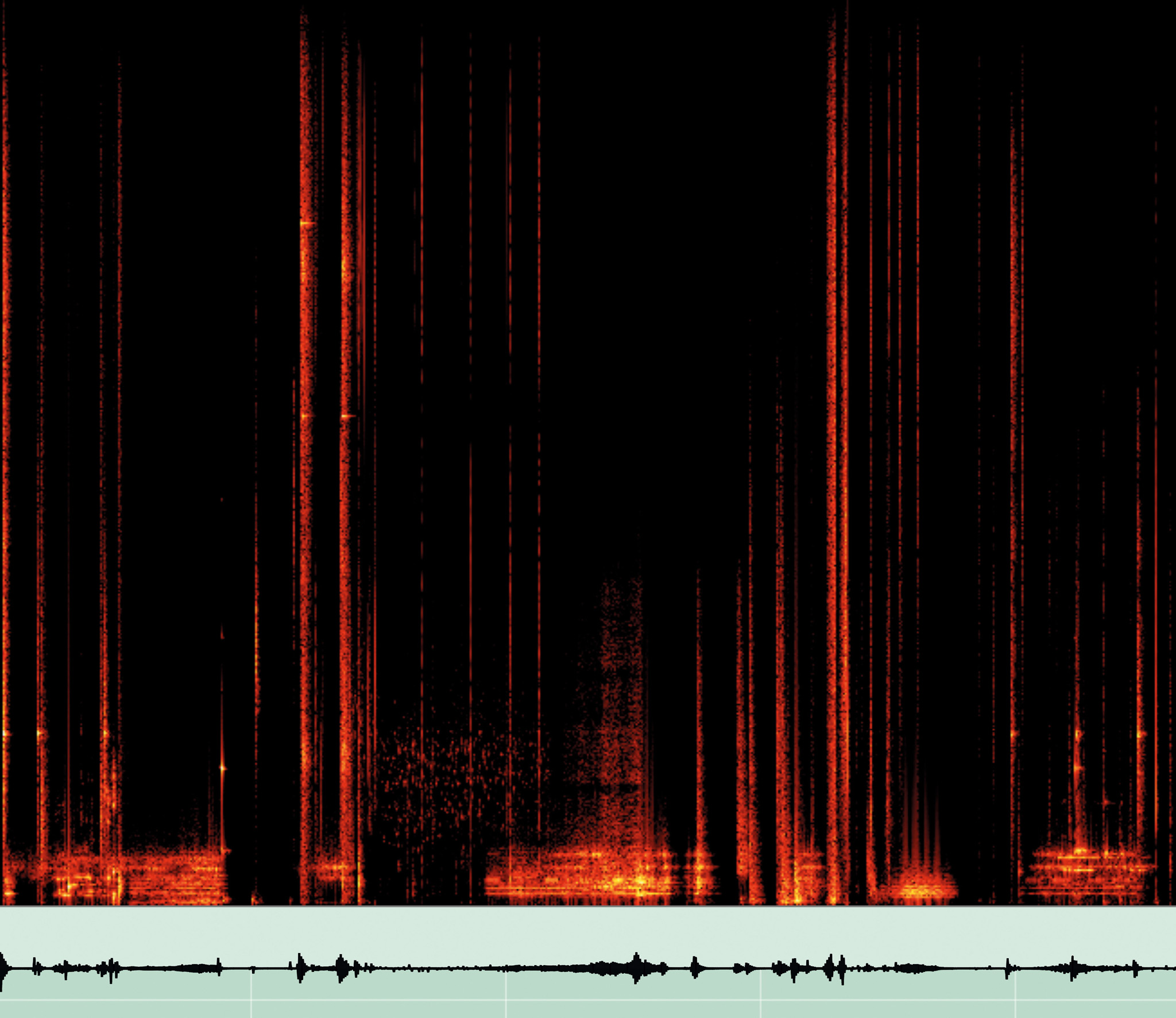
Aux mains de l'espace
1993
for
4-channel-tape
Les Tours du silence
Ils battent les pierres
Ils voudraient avoir une ombre
Ils voudraient avoir un corps
Ils ne sont ni jour ni nuit
Ils sont aux mains de l'espace
Encore une chute de clarté
Et les pierres seront soleil.
Paul Éluard
The Towers of Silence
They break the stones
They want to have a shadow
They want to have a body
They are neither day nor night
They are in the hands of space
Another fall of light
And the stones will be the sun.
Although this poem was chosen as a
commentary after the composition had been completed, and is to be understood
in a merely associative, and in no way programmatic, way, one could consider
the content of Paul Éluard’s poem on the poetic level as quite conceptional.
The futile endeavours - intrinsic in the music - for existence / body and
shadow, the method of deconstruction (“ils battent les pierres” - the contraction
of various sound complexes to “sound points”) and the construction (a new
perspective quality through sound and space creation), the endeavours to
create a new “perspective” which, at the same time, still has in-herent
in it rebellion / transience (“ils ne sont ni jour ni nuit” - “et les pierres
seront soleil”) determine the formal course as does the sound aesthetic
of the work.
Some aspects of the aesthetic and formal conception which give an insight into the method of composing Aux mains de l’espace are described below.
The various processes generated in Aux mains de l’espace will not be presented in order; they appear in different states at different points in the piece and will be integrated into their
respective temporal environment. Some of these processes consist of rhythmically
irregular, and in pitch and intensity different, arrangements of sound
points, which have been produced by an extreme over-modulation of various
filters. In this way, sounds are created whose information content regarding
length and discernibility, as opposed to their closing sounds, has been
alienated.
Generated sound points are given independent, audible sound movements within an acoustic space, and, thus, a spatial-perspective quality. This is achieved through special distribution
over the loudspeakers and through a diminishing echo. This has an effect
on the spatial / temporal surroundings of the sound points, so that
new connections are formed which gain further importance by the use of
additional parameters (rhythmics, latent pitch perception, etc.).
A further process is characterised by the exclusive existence of echo portions. For this the original signals have been cut out and these ìecho soundsî have been given
their own encased curves, which, on their own account, move in various
ways through space.
Individual states lose their connections to previous states because of the way the composi-tional / temporal form is dealt with in this work. The macroform and the major formal con-nections are created by structures of overriding importance, which absorb the differences,
e.g. “qualities” or sound characteristics of the individual elements.
The last sequence, which is separated from the other parts of the work by a 10-second tacit is in contrast to the method of construction described above. In this sequence, as a result
of the various deep transpositions of singular material, i.e. previously
only rudimentarily related by pitch, a method contrary to that explained
above is generated, which communicates itself immediately to the listener
by the difference of its sound.
The piece Aux mains de l’espace was composed in 1992/1993 using the Synlab-Analog Synthesizer (Synlab Analogous Synthesiser) in the electronic studio - the I C E M - in the Folkwang-Hochschule in Essen. An integral part of the composition process lay in the analy-sis
of my intended formal and aesthetic conception and the sound results of
the Synlab which arose as a result of the way it was built (e.g. thermic
instability).
